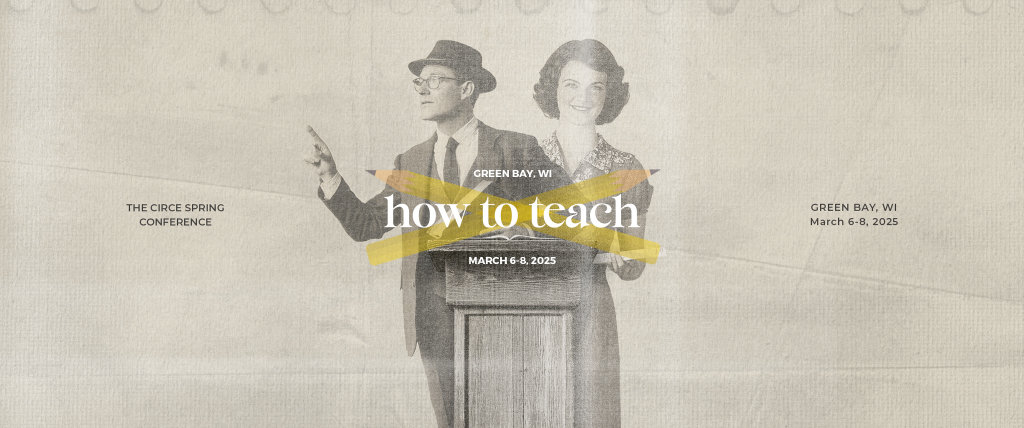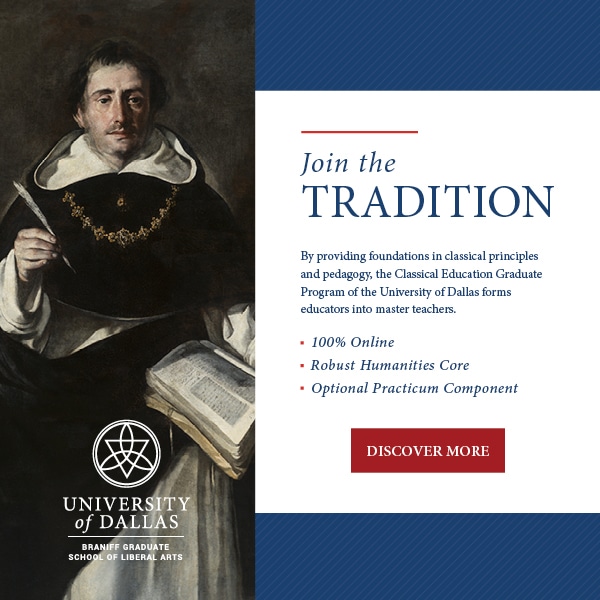To Be Seen and To See

In the beginning, we walked with God. We saw that God saw us, and we saw God face to face. Then we reached out, took, and ate of the Tree of Knowledge. We absorbed into ourselves a sudden onslaught of the discernment of divinity. We crumbled under the substance of it: we saw ourselves, and others, self-consciously. We hid from one another behind clumsily crafted coverings. We hid from God.
Ever since, we have longed to come out of hiding, to be fully seen without feeling naked, vulnerable, uprooted, insecure, and assessed; for with the knowledge of good and evil came an intense recognition of, and capacity for, judgment. Over the millennia, we have heard this yearning echoed effortlessly in every child who cries out “Mommy, Mommy! Look at me! Watch me!”
To be looked at in such a way, however, risks exposure and assessment. We want to assert our individuality as unique beings created imago Dei, to stand face to face with others and with God as separate and complete Selves, but that very separateness threatens to cut us off from others.
We are each one of a kind. We also profoundly desire community. Consequently, we strive for balance between the two. To be seen the way we desire is to be recognized as utterly individual and yet nonetheless embraced. This is a delicate dance between individuality and society. Significantly, it plays an important part in the process of education: We learn best – and to be our best – when we are cherished as individuals as well as encouraged to “see” past and beyond ourselves, thereby exerting our individual discernment wisely so that it is not wielded as a weapon against others but exercised as a blessing.
As parents, mentors, and teachers it is important for us to understand how to cultivate what it means to “see” our students in ways that nurture them individually so that we may then encourage them to broaden their own “seeing” communally. How can we do this? We begin by looking at the most obvious resource, the word “see” itself. We can learn from Wendell Berry who stresses the importance of recognizing that words have concrete meaning and that their meaning then extends into action. Berry writes: “The idea of standing by one’s word, of words precisely designating things, of deeds faithful to words, is probably native to our understanding. Indeed, it seems doubtful that we could understand anything without that idea” (Standing by Words).
We’ll therefore find clues about the “how” by exploring what we mean by the word “see.” Of course, we all understand the basic meaning of “to see”; it’s in how we variously use the word that we’ll discover nuances for being effective teachers in this respect. Consider a sample: “I see you standing there”; “I see, understand, or ‘get’ you”; “Let me see what you are doing”; “I see to you”; “I’ll see you later”; “I’ll see you there”: “I’ll see you” as in make an appointment with you; “I’m ‘seeing’ you” as your doctor; “I’ll see about you”; In other words: I physically acknowledge you; I perceive you; I observe you; I care for you and I’m responsible for you; I’ll connect with you; I’ll socialize with you; I’ll make time for you; I’ll be in relationship with you; I’ll consider, and deliberate over, you.
If we provide our students these kinds of “being seen,” rather than treating them like cookie-cutter receptacles of whatever we might want to pour into them at any given moment in educational pedagogy, they’re likely to flourish under our guidance. After having been truly seen, they will, in turn, see others well, acting as gracious members of their own communities.
We must also remember that ultimately how God sees us matters most. While we desire to be seen by men, we are warned repeatedly — and in so many venues from the Bible to contemporary psychology — that we must not treat this as our final goal. For it mires us in worldliness, trapping us in a hazy at best and twisted at worst representation of reality. As Plato put it in The Republic, “Human beings live in an underground den…They see only their own shadows, or the shadows of one another, which the fire throws on the opposite wall of the cave.” We see but in a glass darkly, and must go higher up and farther in looking for El Roi, the God who sees.
So, how does God see? “[T]he Lord sees not as man sees: man looks on the outward appearance, but the Lord looks on the heart’” (1 Samuel 16:7). Above all the ways in which we see as parents, mentors, and teachers, let’s emulate the way in which God sees. To be rightly seen and to see, we all must follow the sage words of the fox in Saint-Exupéry’s Little Prince: “It is only with the heart that one can see rightly; what is essential is invisible to the eye.”
for Christopher
Kate Deddens
Kate Deddens attended International Baccalaureate schools in Iran, India, and East Africa, and received a BA in the Liberal Arts from St. John’s College in Annapolis, Maryland and a MA in Mental Health therapy from Western Kentucky University. She married her college sweetheart and fellow St. John’s graduate, Ted, and for nearly three decades they have nurtured each other, a family, a home school, and a home-based business. They have four children and have home educated classically for over twenty years. Working as a tutor and facilitator, Kate is active in homeschooling communities and has also worked with Classical Conversations as a director and tutor, in program training and development, and as co-author of several CCMM publications such as the Classical Acts and Facts History cards. Her articles have sporadically appeared at The Imaginative Conservative, The Old Schoolhouse Magazine, Teach Them Diligently, and Classical Conversations Writers Circle.










